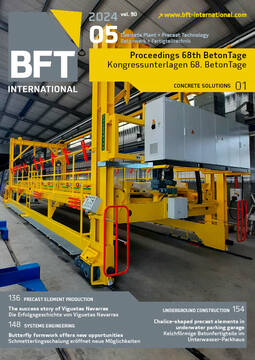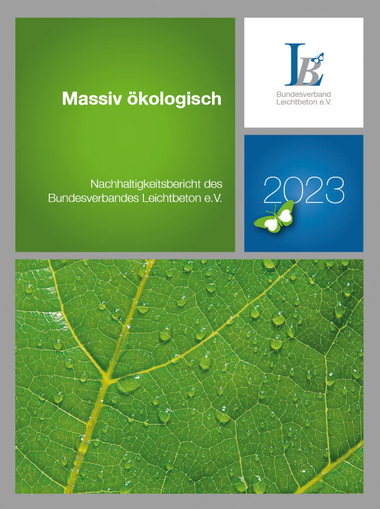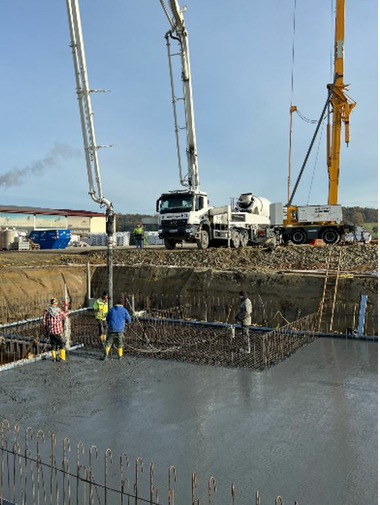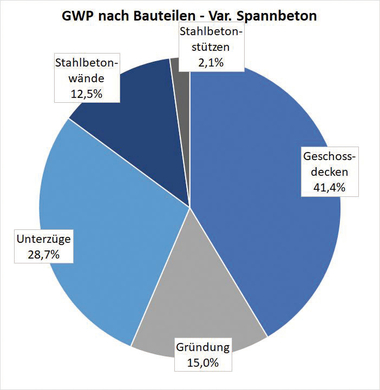Yellow print of DafStb code of practice “Greenhouse-gas reduced concrete, reinforced or prestressed concrete”
The building industry and here, in particular, concrete construction, due to the CO2 emissions involved, significantly contribute to climate change. Although concrete, compared to other materials, leaves a comparatively small ecological footprint: concrete − with current worldwide utilization of approx. 14 bill. m³ − is the construction material with the greatest usage and, accordingly, contributes approx. 7 % of global anthropogenic CO2 emissions. Significant progress in reduction of the specific CO2 footprint has been achieved in construction materials over recent years: e.g., by introduction of innovative composite cements. However, national as well as international climate protection goals will be attained only through a combined approach: i.e., by reducing specific environmental impact per mass and/or volume unit of the construction materials used − and at the same time by reducing use of concrete, steel and prestressing steel. The German Committee for Reinforced Concrete (DAfStb) has recognized the associated challenges for design and construction and established, in autumn of 2021, the Technical Committee for Sustainable Construction with Concrete, which, in July of 2023, published the code of practice “Greenhouse-gas reduced structures of concrete, reinforced concrete and prestressed concrete”. The goal of the code is to provide designers, construction companies and suppliers of construction materials with a guide on how the environmental impacts of a construction project can be minimized and verified as simply as possible. Toward this end, so-called greenhouse-gas reduction classifications are proposed that can be chosen by the builder. Description follows of how adherence to these classes can be confirmed. Verification of the minimization of environmental impact supplements here the existing verification formats of bearing capacity and/or fitness for the intended use. Instead, by formulation of classifications, a characteristic and/or functionality is described and the relevant verification formats are specified on the level of the supporting structure.











